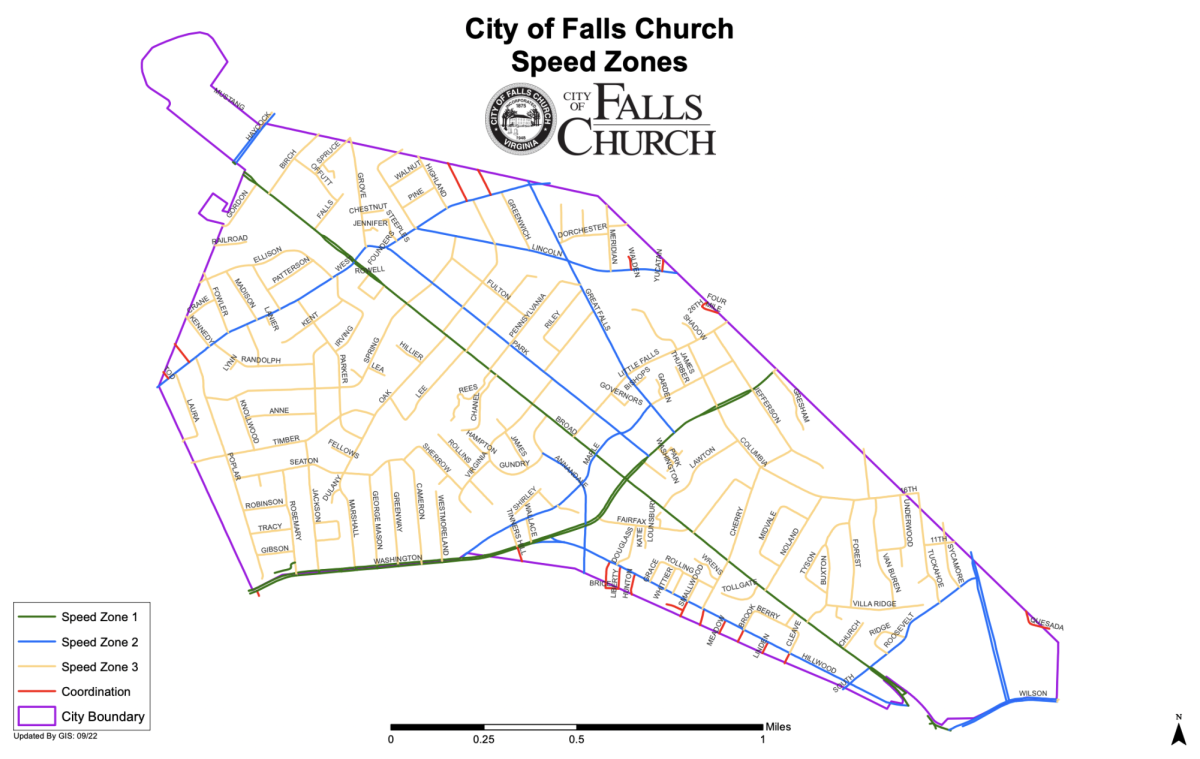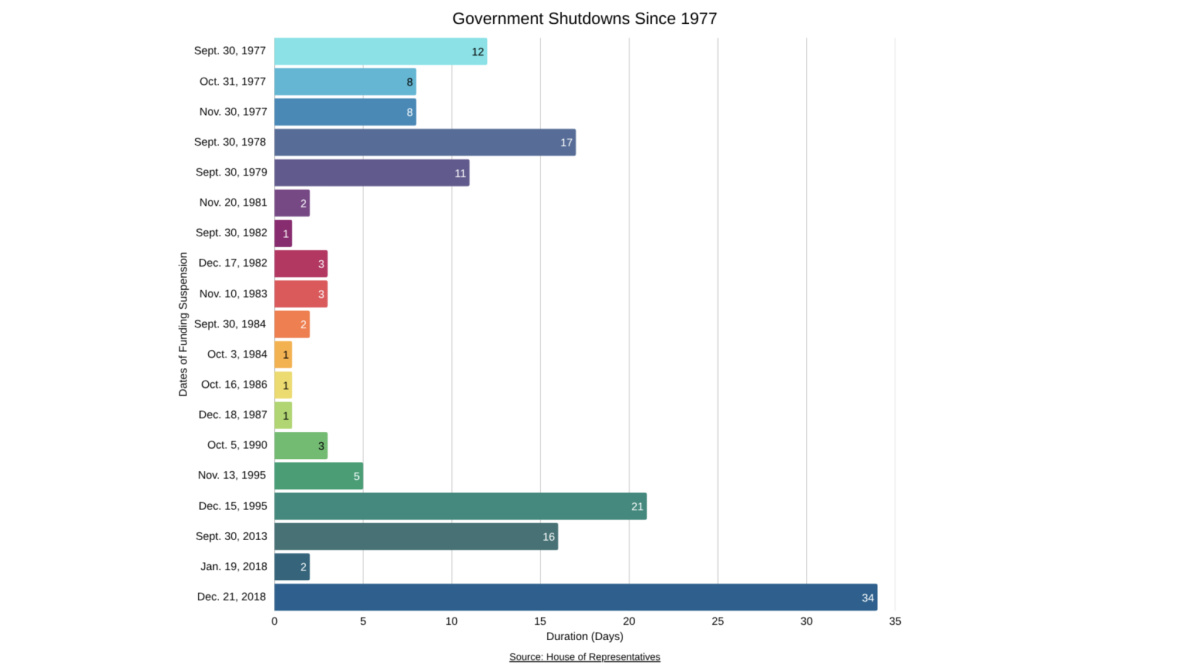Towards the end of 2022, the Falls Church City Council approved a resolution to lower speed limits from 25 miles per hour to 20 miles per hour. They are now finally beginning to enforce this change, which will only affect residential streets. Broad Street, Great Falls Street, and Washington Street and other major streets will keep their current speed limits.
The Council said that the main objective of this decision was to increase walkability within Falls Church City, as lower speed limits can reduce the number of deaths from car accidents.
According to the Institute of Transportation Engineers, one in 10 car accidents involving a pedestrian result in deaths when the driver is going 20 miles per hour, as opposed to four in 10 people when hit by a car going 30 miles per hour. Additionally, drivers moving at faster speeds have a narrower field of vision, so lower speed limits may prevent people from getting hit by cars in the first place.
Due to the change, over 100 speed limit signs will be replaced in the month of November, and the speed limit will legally go into effect once all of the signs are up. There has been no official date released for when the changes will start to be enforced.
The City has embarked on a campaign to spread awareness of the new ruling by encouraging citizens to pick up signs that say “20 is Plenty” from City Hall, to remind drivers of the new policy.
Students have mixed feelings on the issue, but the outlook is generally positive.
“I approve of it personally,” senior Tyler Jones said. “I like the speed limit change because I’m still learning how to drive, and it makes me feel safer on the roads,”
Falls Church City is highly concentrated with families and young children. That, along with the large number of teenagers learning how to drive, has led some students to think that lowering the speed limit is important for safety.
“I think it’s good, especially for people that are just starting to drive because it is safer,” junior Mara Statie said. “It would also be safer for adults trying to drive around new drivers.”
However, some question how effective such a small change would be.
“I don’t think it’s much of a change, and I don’t really know why they would make it in the first place,” senior David Lee admitted.
Statie shared a similar sentiment.
“I don’t know what 5 miles would do, it really isn’t a big change. If it was a more major change like 10 miles, it might be different.”
Other students simply do not have much of an opinion at all on the changes.
“I would be curious to know what the current state of safety is on the residential roads and what kind of incidents caused this change,” senior Jeremy Katen said. “But I don’t really have much of an opinion on it as of now.”










